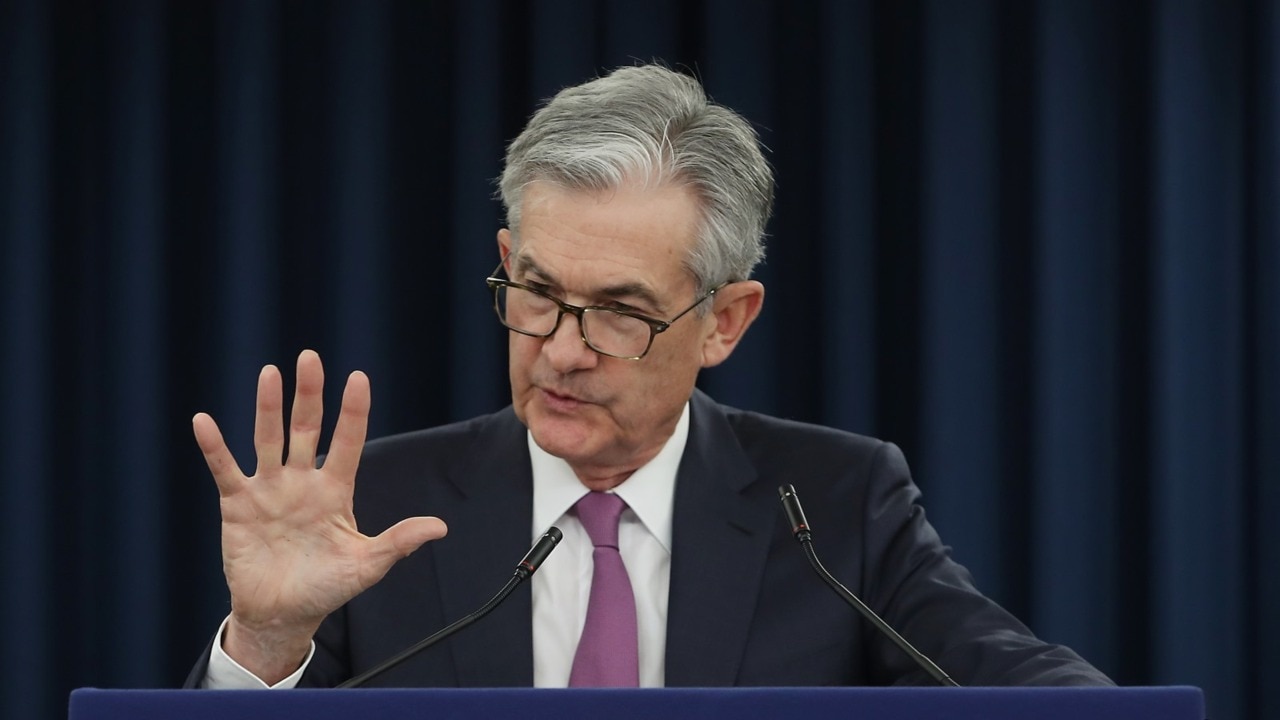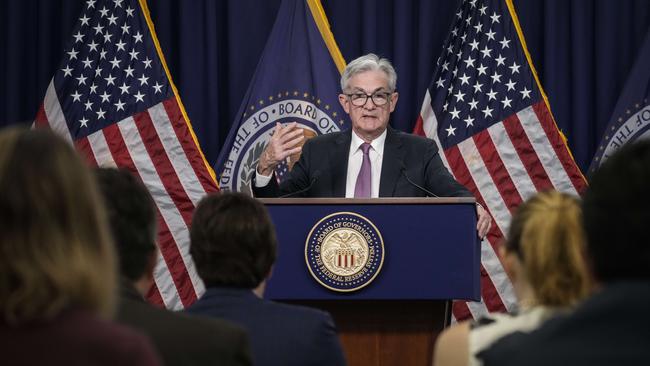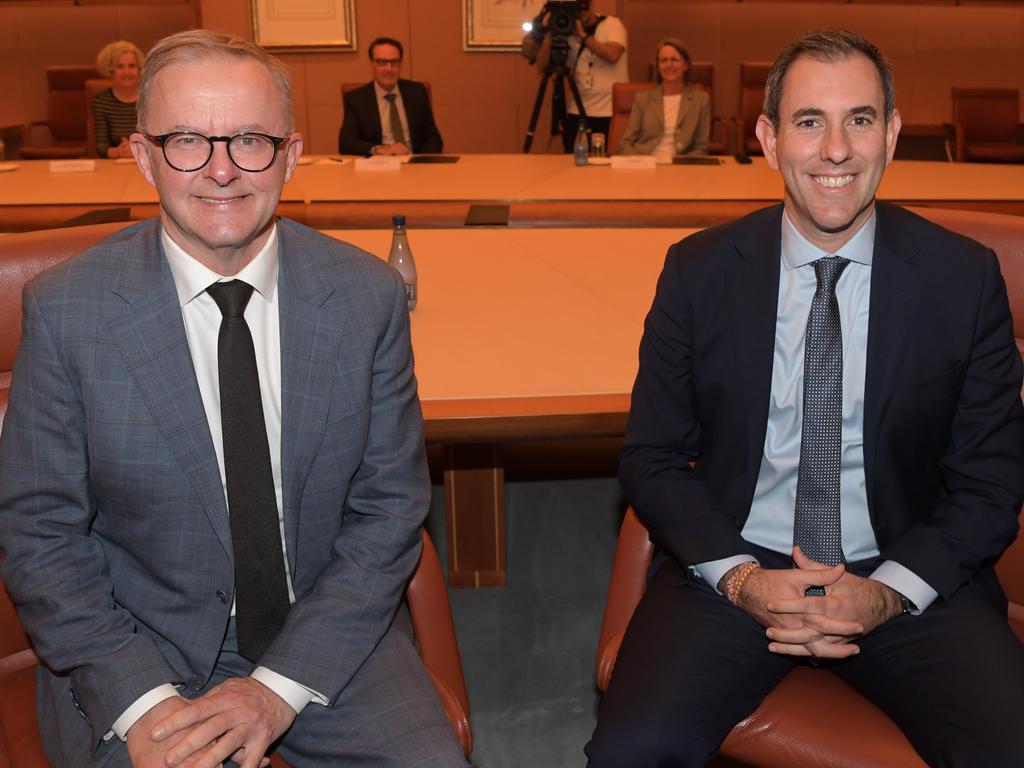Markets premature in their belief the RBA might start to move in smaller increments

Of course, the taming of inflation almost guarantees the latter as central banks, led by the US Federal Reserve, temper the aggression with which they approached monetary tightening in the first half of the year. (Of course, there are notable exceptions to that aggressive posture – particularly the European Central Bank and arguably the Bank of England.)
The more positive tone was given further impetus by musings from Fed chairman Jerome Powell that the policy rate may be close to neutral.
Locally, markets expected that Reserve Bank policy rate increments would be lower and that the terminal rate would be much less than had previously been anticipated.
However, Friday’s monetary policy statement suggests that the market’s judgment might be premature.
Clearly, that better tone is highly conditional on one key element: that central banks can contain and reduce inflation. This will become increasingly evident by the end of the year.

Rate increases have had an impact on activity growth. The US is in a technical, albeit shallow, recession. Even then, labour market indicators have held up extraordinarily well.
Friday’s release of US non-farm payrolls showed huge gains in employment in July. The unemployment rate is as low as it has been since the 1960s. Most importantly, there is almost no evidence that policy rate increases to date have halted inflation momentum. Inflation is surprisingly strong almost everywhere.
June headline inflation at 9.1 per cent in the US was the highest in more than 40 years, despite the Fed’s aggressive posture. Measures of underlying inflation pulse showed extraordinary momentum. On a three-month annualised basis, one measure of trimmed-mean inflation is currently running at more than 8 per cent.
That suggests that inflation is more than just a few outsized price increases in selected commodities or ongoing supply chain blockages. Rather, that sort of inflation pulse is indicative of a developing inflation inertia that may prove much more difficult to arrest than markets appreciate.
Locally, the headline number, at 6.1 per cent, may have been ever so slightly better than expectations but it was the highest annual read since December 1990. The annual rate of change in the RBA’s favoured trimmed-mean measure, at 4.9 per cent, was the highest since the inception of that series in June 2003.
According to the Melbourne Institute’s monthly gauge, inflation momentum continued in July at the fastest pace in more than two decades, pointing to another elevated CPI inflation outcome for the September quarter.

Provisional July European inflation measures also hit a record, with the ECB’s favoured harmonised index of consumer prices measure increasing by 8.9 per cent.
German inflation (using West German data prior to 1989) is now at its highest level since the early 1950s when it was recovering from the ravages of World War II.
That is perhaps not surprising, given the laggardly approach of the ECB in withdrawing monetary stimulus.
All developed country central banks were tardy in recognising just how great a challenge inflation would prove for monetary policy.
By allowing inflation and inflation expectations to escape the safe realm – where they could be comfortably managed without a serious risk of a substantial growth dislocation – all central banks find themselves having to adopt “least bad” or “second best” approaches.
Many central banks appear to have learned the lessons from 1970s-style inflation – that any delay in articulating a coherent and firm response to an inflation threat only heightens the risks of more substantial macroeconomic dislocation down the track.
It is not an easy task vanquishing inflation without tipping the economy into recession. History is not replete with central banks charting that course successfully.
Others have exhibited a more prevaricating posture. Their chances of charting that course successfully look even more remote.
Regardless, if inflation is a little more stubborn than markets currently judge, the current rush by markets to lower estimates of where the terminal policy rate will end up may reverse.
In this context, bond yields could rise further, creating further headwinds for risk markets.
That being the case, there may still yet be more to play out in the battle against inflation and the likelihood remains of attendant more enduring bouts of volatility in financial markets.
A case, perhaps, of the bears getting Goldilocks.
Stephen Miller is an adviser at GSFM Funds Management.







The tone in financial markets through July and into August suggested that they were growing increasingly confident central banks had the inflation beast tamed (almost) and that any recession would be relatively shallow and short lived.